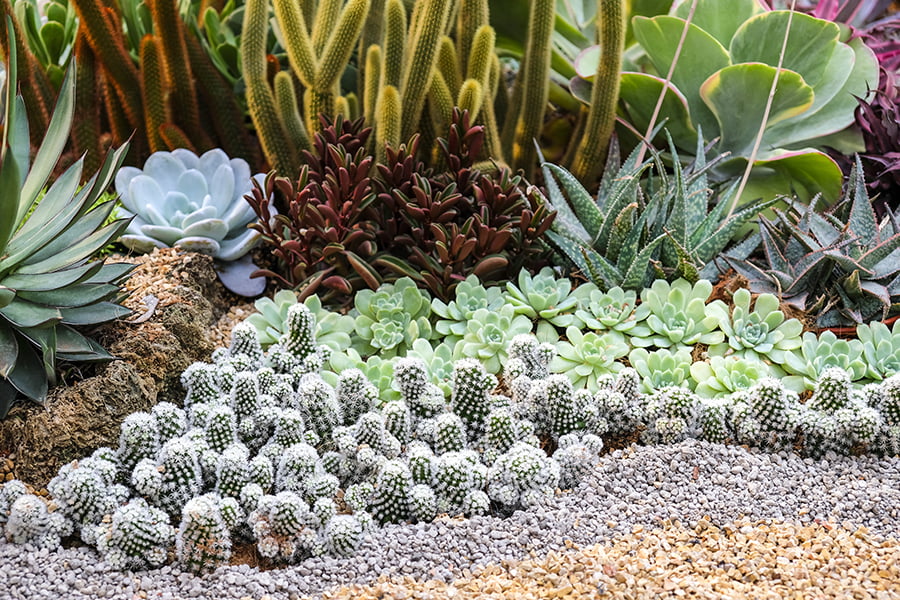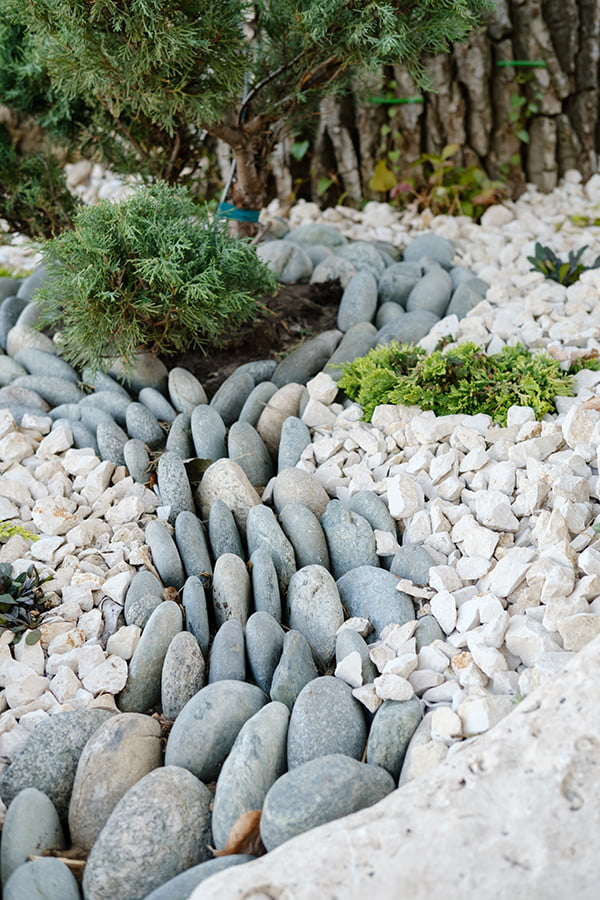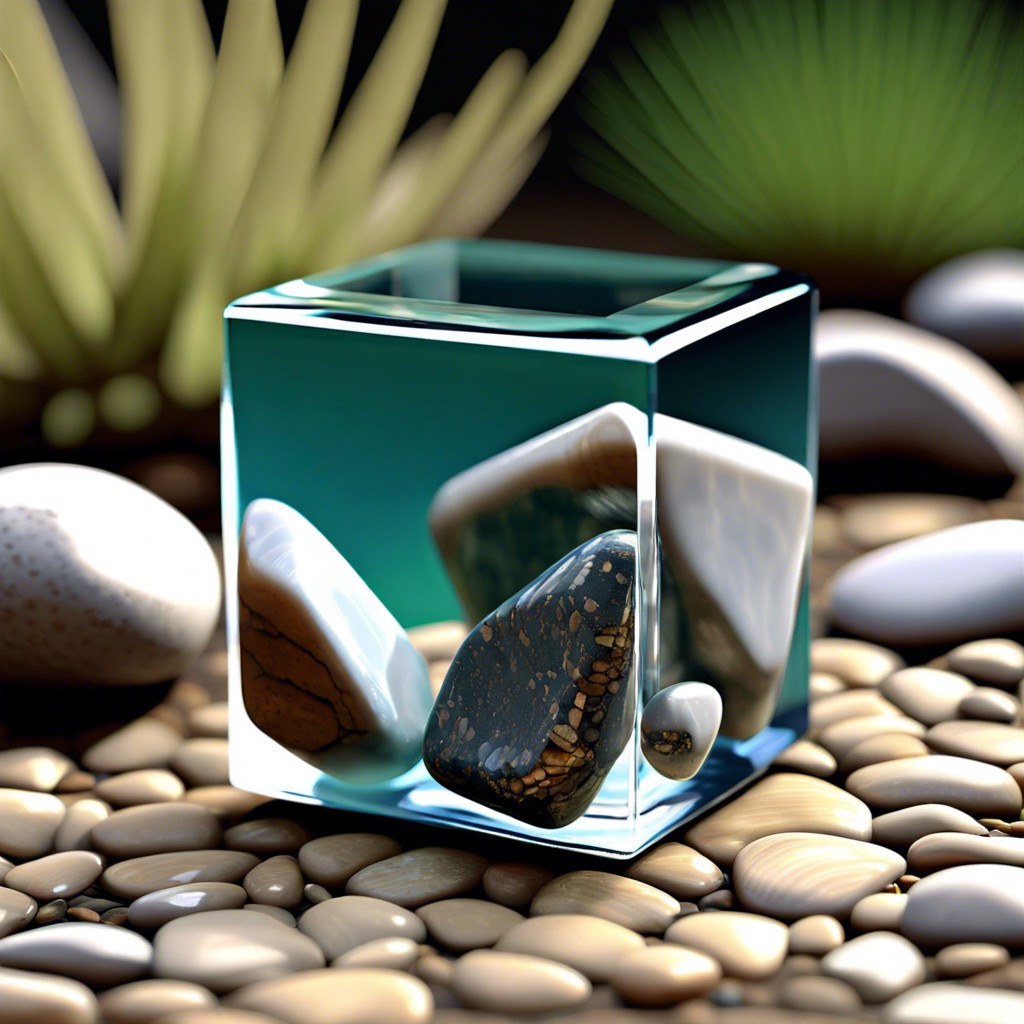Some xeriscaping ideas for small outdoor spaces include planting drought-tolerant plants, using native plants that are adapted to the local climate, incorporating water-wise features such as rain barrels and drip irrigation systems, and adding mulch or rocks to help retain moisture.
Xeriscaping is a great way to create an attractive outdoor space without using too much water. It’s perfect for small spaces because it requires minimal upkeep and can be tailored to fit your needs.
Here are some xeriscaping ideas for small outdoor spaces that will help you make the most of your limited space.
Using Drought-tolerant Plants

This type of landscaping can be especially useful in small outdoor spaces, where water conservation is important. Drought-tolerant plants are those that require little or no additional watering once they have been established.
These types of plants are often native to the area and adapted to local conditions, making them well suited for xeriscaping projects. Examples include succulents, cacti, ornamental grasses, and other low-water use species.
By using these types of plants in small outdoor spaces, homeowners can create attractive landscapes while conserving water resources at the same time.
Grouping Plants Together to Create Microclimates

By grouping plants with similar water and temperature needs, you can create an environment that is tailored to their specific needs. This helps reduce the amount of water needed for each plant, as well as reducing the amount of maintenance required.
For example, if you have a group of succulents that need more sun than other plants in your garden, you can place them together in one area so they get all the sunlight they need without having to be watered more often than necessary. By grouping different types of plants together, it creates a microclimate where temperatures are moderated and humidity levels are higher which can help protect delicate species from extreme weather conditions.
Using Native Plants

Native plants are those that naturally occur in the local environment and require minimal maintenance. When used in small outdoor spaces, native plants can help create an attractive landscape while also reducing water usage.
By selecting drought-tolerant species, such as cacti and succulents, gardeners can create a low-maintenance xeriscape that requires little to no supplemental irrigation. Using native grasses and shrubs can provide texture and color to the landscape without requiring additional watering or fertilization.
With careful planning, it is possible to create a beautiful xeriscape with native plants that will thrive in even the smallest outdoor spaces.
Creating Rock Gardens

Rock gardens are composed of rocks, gravel, and other hardscape materials that require minimal water to maintain. They can be used to create an attractive and low-maintenance landscape in any size space.
Rocks come in a variety of sizes, shapes, colors, and textures which can be arranged in various patterns to create interesting visual effects. Gravel or sand can also be added between the rocks for additional texture and color contrast.
Plants such as succulents or drought-tolerant perennials can then be planted around the rocks to add more color and texture while still requiring minimal water maintenance.
Planting in Containers or Raised Beds

Containers are a great way to add plants to any space, no matter how small. They come in all shapes and sizes, so you can find one that fits your needs perfectly.
Raised beds are also an excellent option for xeriscaping in small outdoor spaces as they allow you to create a garden without taking up too much room. You can use soil, compost, and mulch to fill the bed and then plant whatever type of plants you want.
Both containers and raised beds require less water than traditional gardens since the soil is contained within them, making them ideal for xeriscaping projects.
Adding Mulch to Retain Moisture and Reduce Weeds

It works by trapping water around the plants, preventing it from evaporating quickly. This helps keep the soil moist and reduces the need for frequent watering.
Mulch also acts as a barrier between the soil and any weed seeds that may be present, helping to prevent them from germinating and taking over your garden. Mulch can help insulate roots from extreme temperatures, keeping them healthy during both hot and cold weather conditions.
When choosing mulch for xeriscaping in small outdoor spaces, look for organic materials such as wood chips or bark that will break down over time to provide additional nutrients to your plants.
Installing a Drip Irrigation System With a Timer for Efficient Water Use

Drip irrigation systems use hoses or tubes that are placed near the base of plants and release water slowly over time. This allows for more efficient water use, as the water is delivered directly to the roots of plants where it can be absorbed quickly and efficiently.
A timer can be used to control when and how much water is released, ensuring that only enough water is used for optimal plant growth without wasting any excess. Installing a drip irrigation system with a timer in small outdoor spaces can help reduce overall water usage while still providing adequate hydration for plants.




